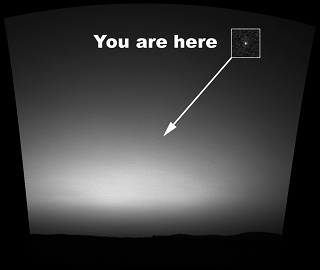The First Moon Landing, Carl Sagan, and Civilization’s Appreciation for Science
I met a fellow yesterday who was in the control room in Houston in 1969 when the first man walked on the moon. I asked him if he was aware that there exists a conspiracy theory to the effect that the whole thing was staged in a Hollywood film studio. He smiled and nodded his head, but quickly added, “I’m not sure all conspiracy theories are false, but that one certainly is.”
He went on to talk about the deep personal changes that astronauts often experience as a result of taking leave of Earth’s boundaries. “Some of them get religion,” he told me.
I have no doubt of that. It’s hard to behold the cosmos and not wonder how it got there, and why.
I bring this up because it’s the birthday of Carl Sagan, the astrophysicist who rocketed into prominence in the 1980s based on the success of the hugely popular, 13-part television series Cosmos, which, since its launch, has been seen by 750 million viewers. The series played an important role in (temporarily) stemming the decline in appreciation that Western civilization has for science.
In any case, Sagan was not religious. Even if he hadn’t publicly debated the existence of God (something that made him few friends at the time), his position on the subject is fairly clear from the conspicuous absence of God’s name in the physicist’s work.
That work, btw, includes his voice-over in the fabulous video “The Pale Blue Dot.” How anyone can watch this and not be moved to tears is utterly beyond me.

